Google bowling is a technique that consists in artificially building a massive number of backlinks to a website in order to make it go down in the search engine rankings. It is a negative SEO strategy by which a competitor seeks to trigger against another website, the penalties of Google
Websites pull the majority, that is 53,3 % of their traffic from search engines. Webmasters then focus on different tactics that can help them get a better ranking in organic searches.
In this quest for higher rankings, some do not hesitate to use unorthodox practices, not only to rank their website higher, but also to lower the position of other sites in the search results
One of the most well-known of these practices is Google bowling. But in concrete terms:
- How can we define Google bowling?
- How does Google bowling affect a website?
- How to prevent Google bowling?
I will bring some answers to these questions to draw your attention to this practice and bring you resources to protect your site.
Chapter 1: Google bowling: Definition and functioning
While some webmasters are working to get a good positioning for their site according to google’s rulesrules, others try to manipulate the search engine system. In this chapter, I present you the definition of Google bowling and how it works.
1.1. What is Google bowling?
Google bowling is a way by which some people exploit the ranking factorsincluding the creation of backlinks for unhealthy purposes. This practice was discovered after Google tried to put an end to Google bomb.

1.1.1. Google Bomb
The amount of backlinks that a site or a web page receives as well as the anchor text of each link, used to play a big role in the ranking of sites and web pages
Indeed, the quantity of links shows the popularity of a page or a website and the anchor text allowed to determine the purpose of a page and the keyword for which it will be ranked.
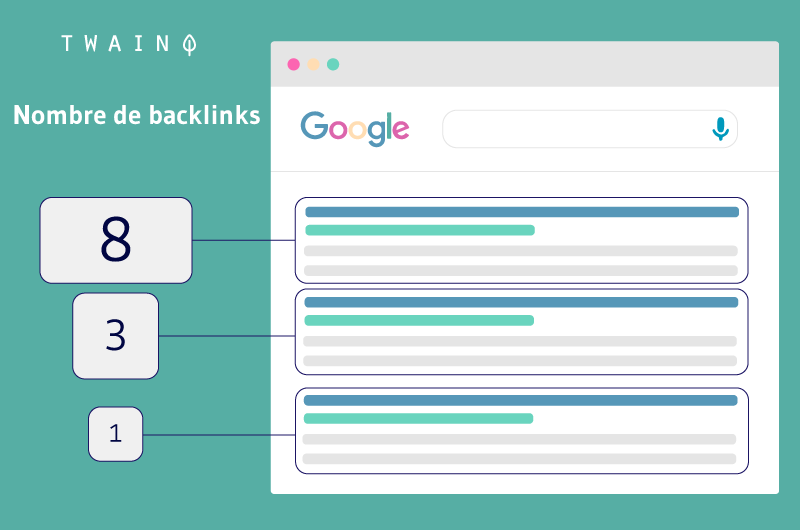
Some webmasters take advantage of the importance of the quantity of backlinks to manipulate thethe ranking algorithm by creating a massive number of backlinks with the same anchor texts to a specific page or website
This is a covert SEO practice called Google bomb which allowed to improve the position of a web page or a website for a specific keyword on the search results pages (SERP).

Some people do not hesitate to buy links to direct them to a domain with the intention of quickly increasing its ranking. The practice of Google bomb was growing and went against the will of search engines to provide relevant search results.
Google had therefore decided to update its algorithm by putting in place sanctions against all forms of manipulation of its system. It especially punishes sites that receive massive irrelevant links from pages of low quality.
But Google’s efforts to curb the misuse of links have also led to a new form of manipulation of search results, Google bowling.
1.1.2. Definition of Google bowling
Google bowling is a technique of SEO practices called “black hat” used by some webmasters to compromise another website in order to lower it in search results.
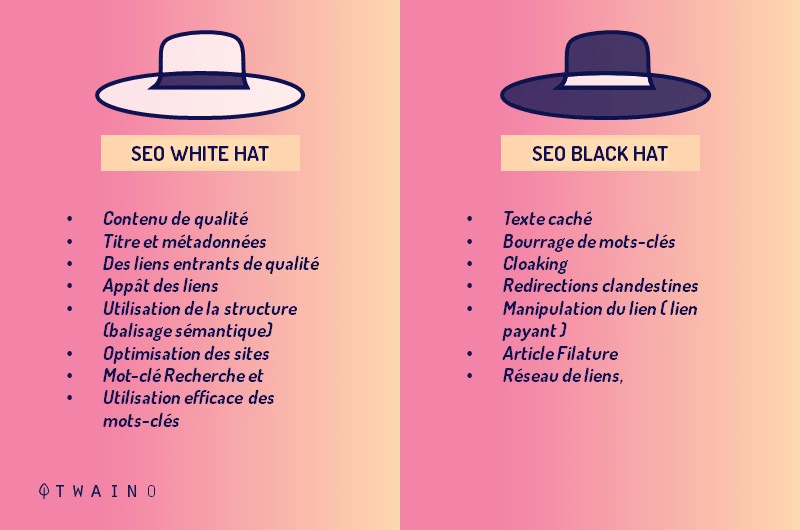
The practice of Google bowling aims to trigger google’s penalties penalties against a site to make it drop in rankings or disappear from search results.
Let’s assume that your web page has a good ranking on SERPs for the query “best skin ointment”. An unscrupulous competitor may decide to make trouble for your web page. To do this, he can buy low quality links to direct them to your web page.
The purpose of this action is to make the Google algorithm believe that you are trying to Google bomb to increase the position of your web page in the SERPs.
To understand why Google bowling is an effective weapon for malicious people to use, let’s look at how it works.
1.2. How Google bowling works
The authors of Google Bowling mainly use link farms also called link farm and anchor text spamming to achieve their goal.
A link farm is a set of websites created from scratch to converge backlinks to a targeted website. The websites in the farm form a network that, instead of helping to boost a site’s ranking, triggers penalties from Google and other search engines.
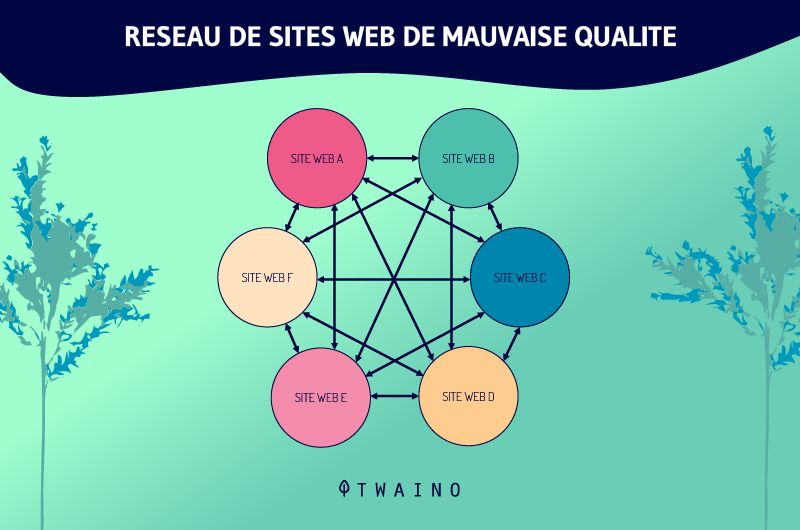
As far as anchor text is concerned, it is an important signal for search engines to understand the page a link is pointing to
When a large number of websites link to another with the same anchor texts, it is called anchor text spamming.
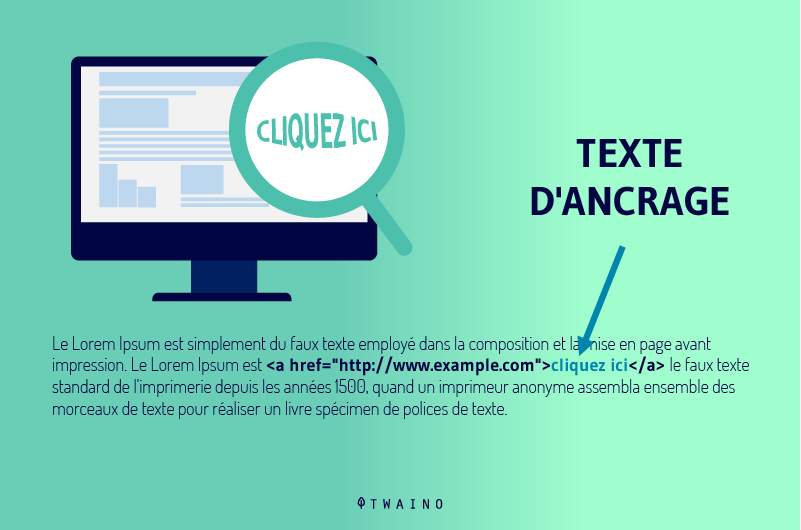
For example, if 1000 websites link back to your website and 950 of them have the same anchor text, search engines consider this to be anchor text spamming.
The search engines see the 950 links with the same anchor text as unnatural. In addition, the anchor texts are filled with strange keywords.
These situations lead search engines to assume that you are attempting a Google bomb to artificially increase the ranking of your site
Google will penalize your website for this, thinking that you are the author of this trick. Google’s penalties often manifest themselves in the form of a page or website falling in the search results.
1.3. Other causes of Google bowling
The competition is not always responsible for the cases of Google bowling that a website may suffer. Google bowling can also result from unsavory practices used by a website in the past in order to advance on the SERPs.
This can include buying links or automatically generating links with the help of software. Google’s algorithm considers all these links as a link farm and therefore triggers its penalties.

On the other hand, people in good faith may decide to support a website by redirecting links to it and drag it into Google bowling in ignorance.
Let’s say you are organizing a fundraiser on your website to support cancer research. Some people in an effort to make the fundraiser popular create links to your site.
Most of these links may be of low quality and come from irrelevant web pages. When Google’s algorithm detects these links, it “may” mistake them for an attempt at manipulation and penalize your website.
1.4. Google’s sanctions
In order to tackle websites that engage in unnatural linking, Google developed Penguin. This algorithm focuses on the pages to which the unnatural links converge.
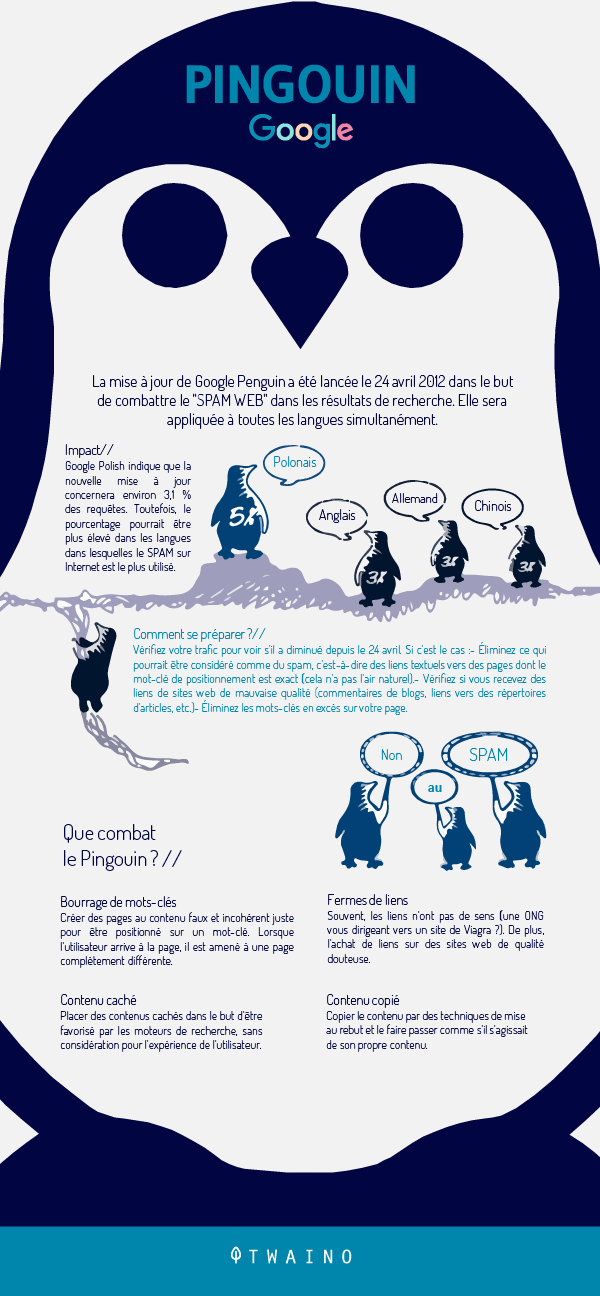
When a competitor attacks your website through Google bowling, it can attract Penguin penalties or a manual action by a Google employee. These penalties result in a loss of ranking in the SERPs. A Google bowling attack can also lead to the de-indexation of a web page from search results.
In simple terms, these pages will no longer appear in the search results and sometimes they disappear from Google’s index. This leads to a decrease in organic traffic to your site and consequently, a decrease in your revenue.
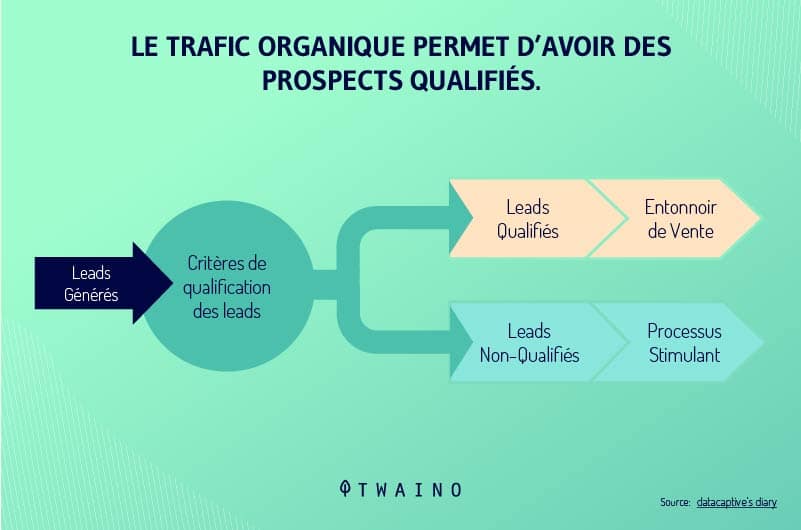
If your website is not yet affected by this disaster, it is essential to put measures in place so that this does not happen.
Chapter 2: Preventive measures against Google bowling
Recovering from the drop in search results following a Google bowling attack is a difficult task that extends over a long period of time. It is more reasonable to prevent this from happening in order to ensure the sustainability of one’s web activities.
In this chapter, I discuss the steps to take to stay safe from toxic Google bowling links.
2.1. The evolution of Google’s algorithms
Google bowling used to be a real problem that could easily bring down a website
But it should be noted that Google’s systems have evolved over time and the search engine claims to recognize spammy links, which are no longer taken into account by its algorithms.
In this case, you now have less risk of being penalized by Google now, compared to the past. Especially since spammy links are ignored, penalties will not be taken.
That said, it is also in your interest to react early enough, if you suffer a large-scale attack.
Here are some practices to follow:
2.22. Preventive measures for Google bowling
To protect yourself from Google bowling, you must regularly audit your backlink profile and disavow suspicious links that could slow down the organic performance of your website.
2.2.1. Backlink profile audit
The audit of the backlink profile is simple to implement. There are specialized tools that help to search for toxic backlinks such as Ahrefs, Semrush and Link Graph.
2.2.1.1. Semrush
The tool Baclink Audit Tools tool from Semrush allows to analyze up to 500 backlinks on a domain.
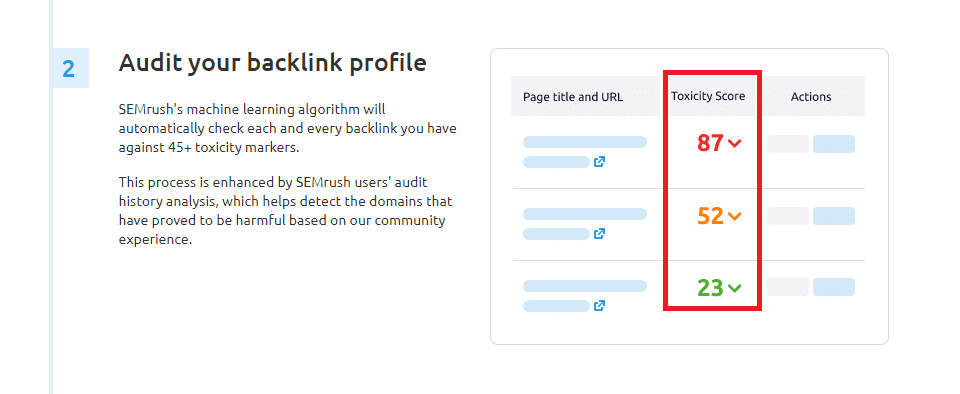
Source Semrush
It identifies links from spam sites, sites not indexed by Google and sites containing malware or viruses. It also elaborates the toxicity level of a link to show the most dangerous links.
2.2.1.2. Link Graph
Backlinks Checker link Graph Backlinks Checker is a free tool that identifies low-quality links pointing to a site’s domain as well as spam links.

It also analyzes the anchor texts of all the links that lead to your website and determines the authority of each link. It allows you to have a total visibility of the domains that create links to your site.
2.2.2. Freeing a site from toxic links
The identification of toxic links is a step that facilitates the release of your site from these links. The removal of links is the responsibility of webmasters who have created links to your website.
It consists of sending a request to the interested parties to remove the toxic links pointing to your website. But you agree with me that they are not going to remove these links if they want to harm your website.
Fortunately, Google provides webmasters with a tool to report domains that you do not want to receive backlinks from
It is the tool Disavow Link Tools which allows you to indicate to Google the links that it should not take into account to rank your website.
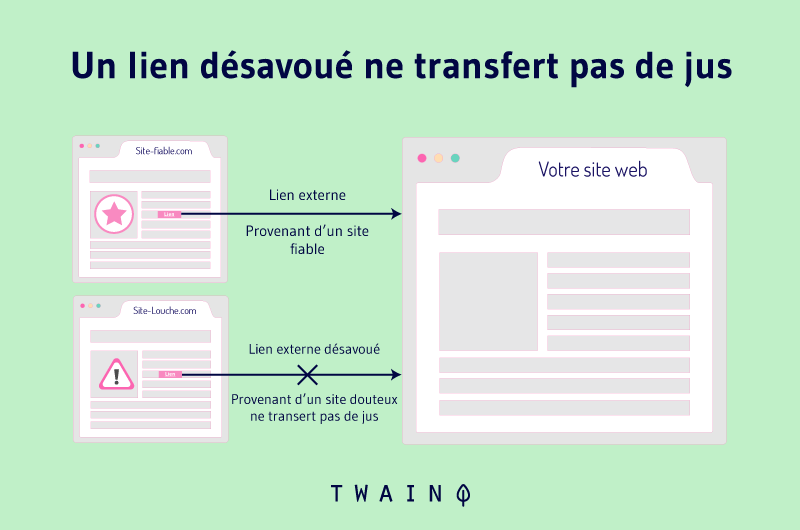
To disavow toxic sites, you need to create a .txt file to list the domains concerned. It is essential to avoid certain errors in establishing the list of sites to disavow
For example, Google only recognizes lines that begin with “http” or “domain”. It is also recommended to put “#” in front of the comments.
- Correct http://www.domainetoxique.com
- Incorrect : www.domainetoxique.com
- Correct : domain: domainetoxique.com
- Incorrect : domainetoxique.com
- Correct: #spamming
- Incorrect : spamming
You will then access the address Disavow Link Tools and connect to your account Google Search Control to submit the file of sites to disavow.
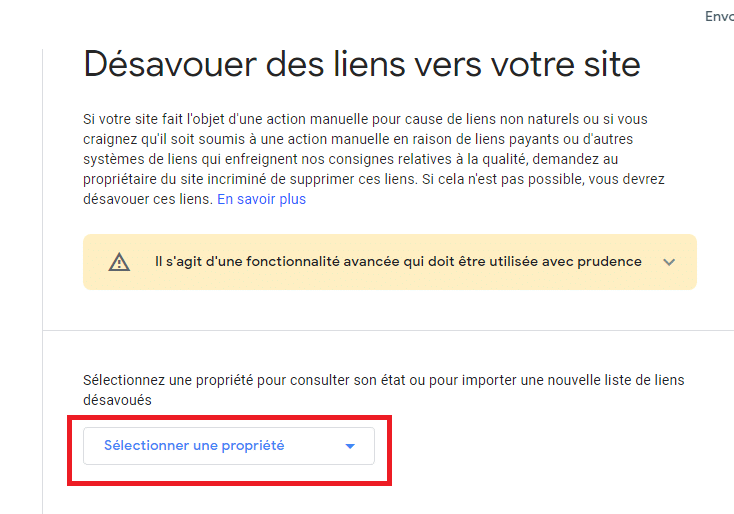
2.3. how to react to a ranking drop
Although Google bowling can cause a website to drop in ranking, it is not the only reason why sites drop in search results
There are other techniques called Negative SEO techniques that can hurt your site’s ranking.
These often include
- duplicating your website,
- publishing false reviews on the site,
- deleting backlinks by sending false removal requests to webmasters.

Regular monitoring of signs such as a sharp drop in the organic traffic of your site or declining positions for certain keywords remains essential to react early enough.
This allows you to take adequate measures to get your site back on track. As soon as you receive an alert from Google or your site is penalized, you can send a review request to Google followed by a copy of the list of sites to disavow.
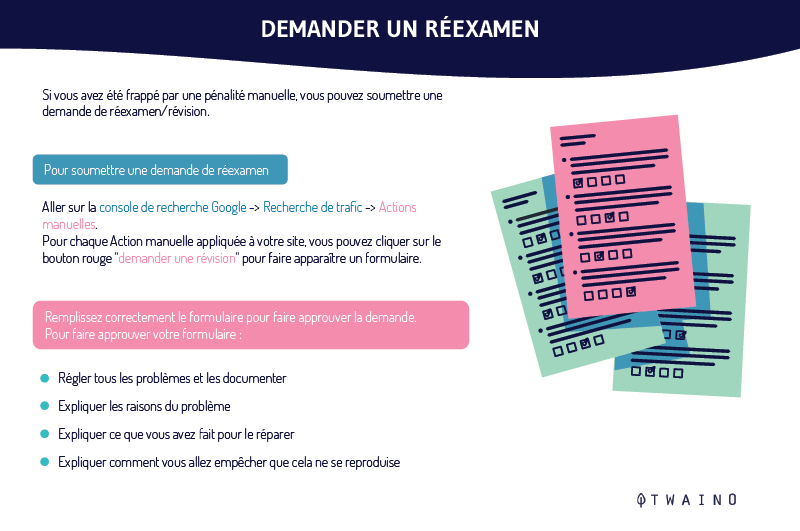
The review request is a way to ask Google to lift the penalties after your site has complied with Google’s policies.
In summary
At the end of this article, it should be noted that Google bowling is a negative SEO technique by which authors use toxic links to lower the ranking of a website.
It is essential to guard against this practice by using specialized tools to examine your backlink profile in real time to identify toxic links that could trigger Penguin penalties against your site.
If your site has already suffered a ranking drop, let us know in the comments how you’ve managed to get things back in order.



